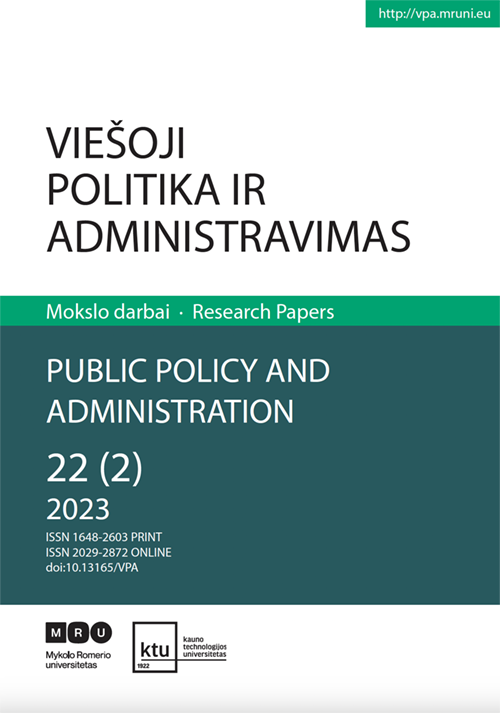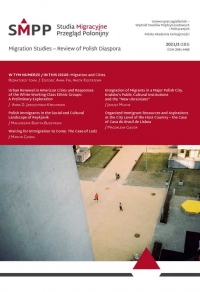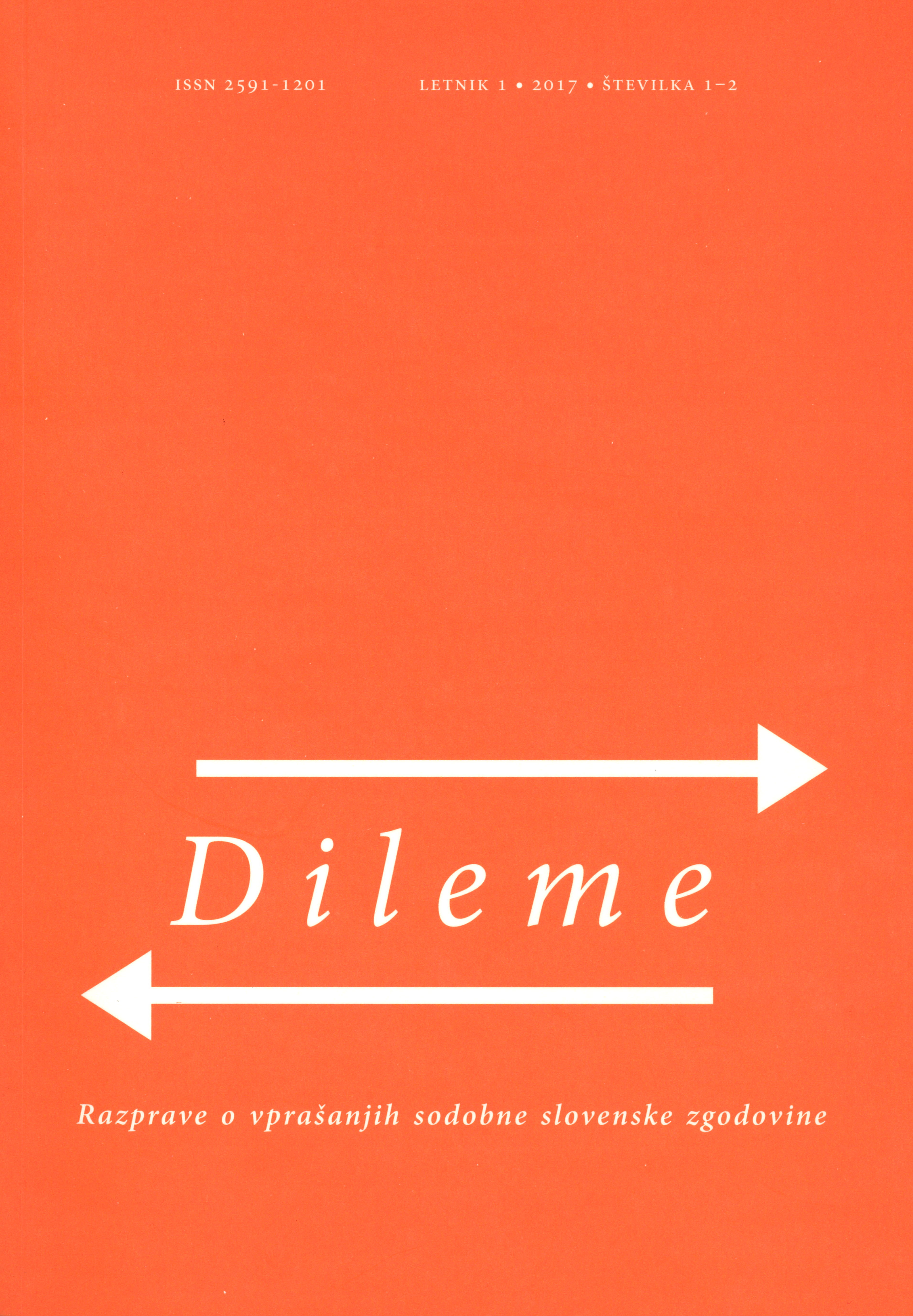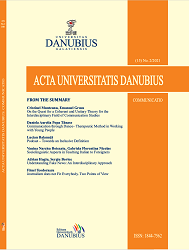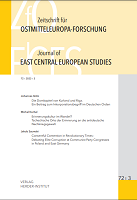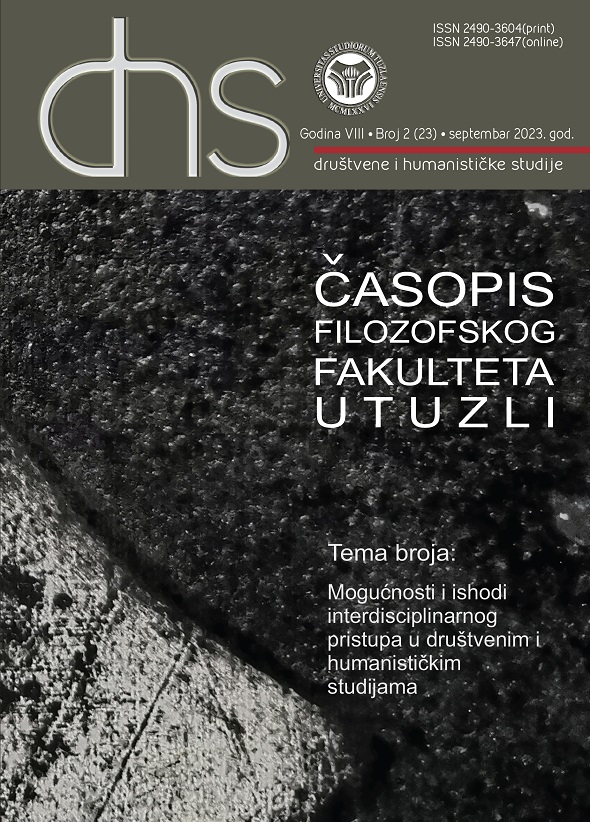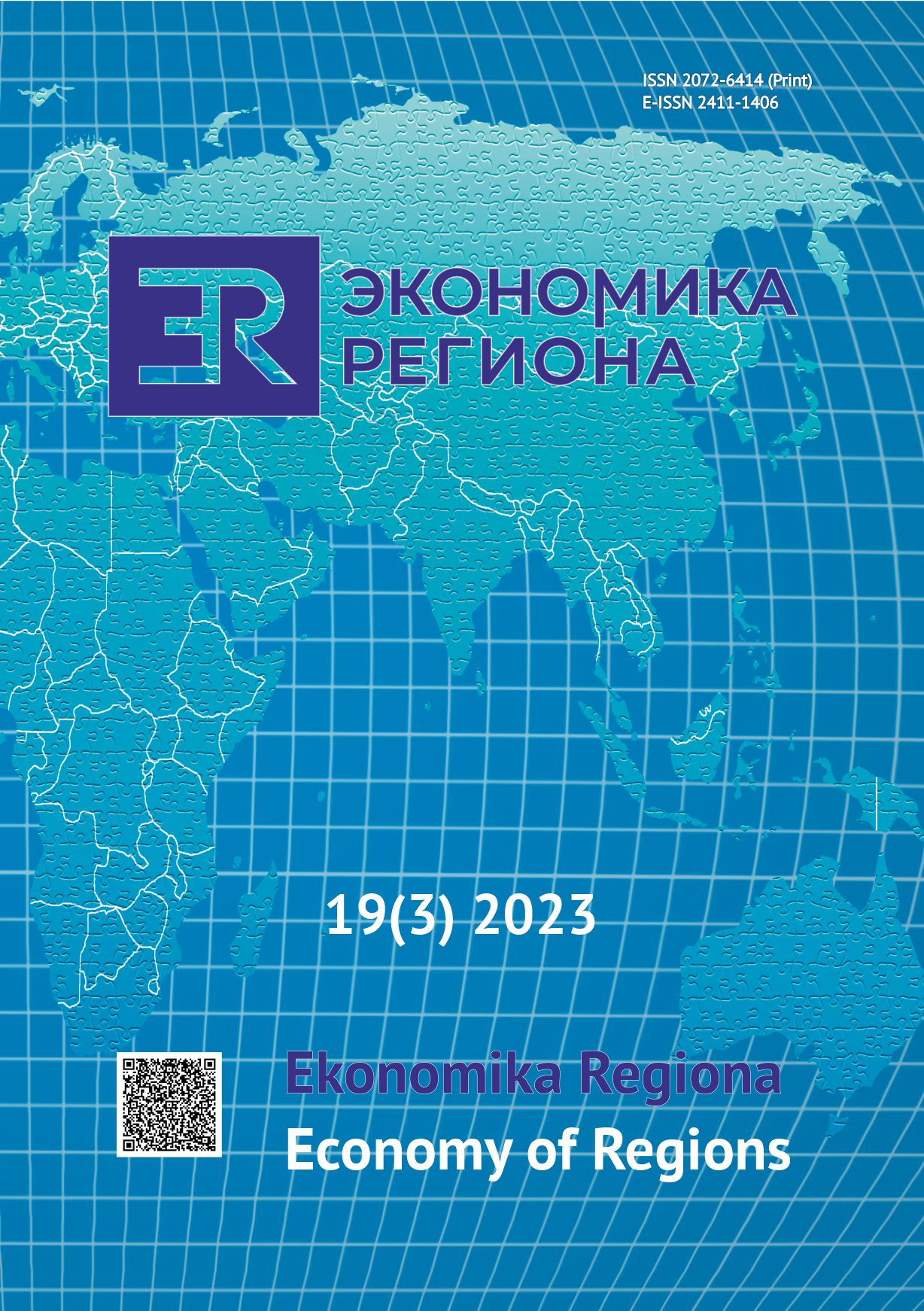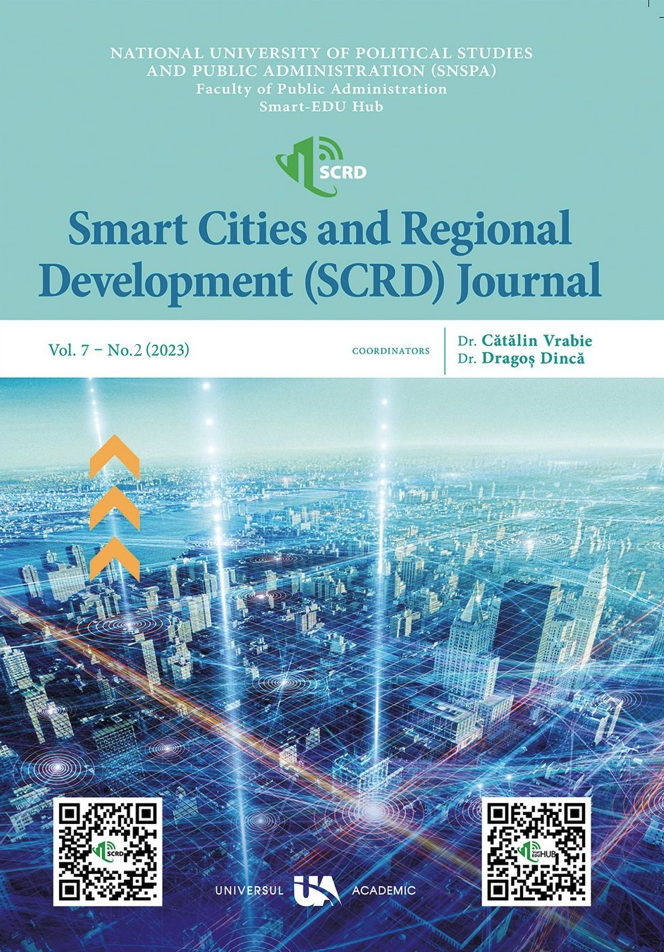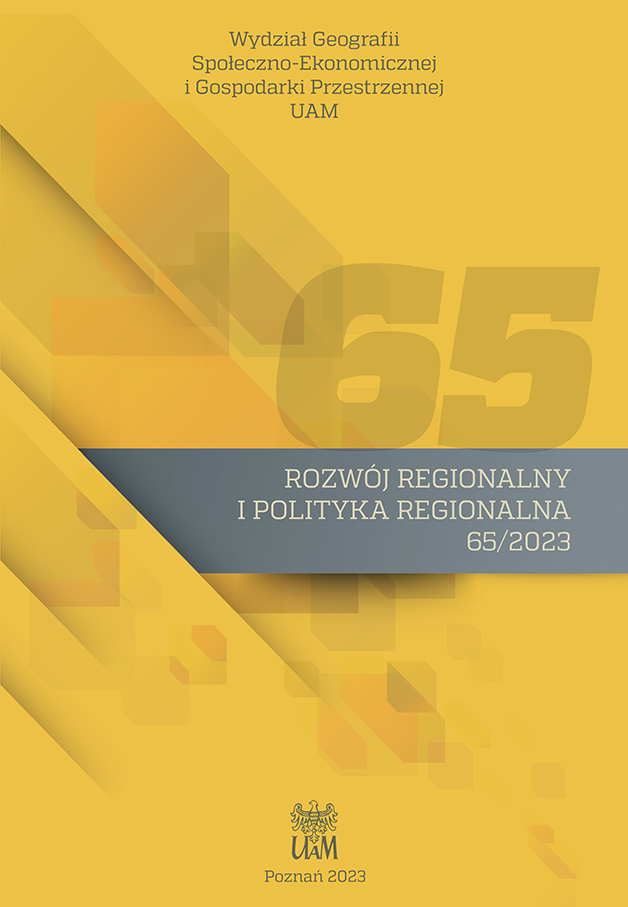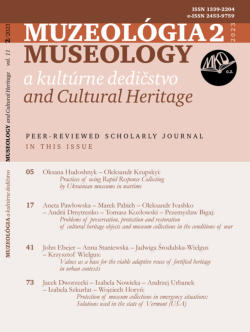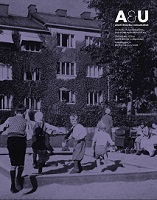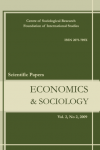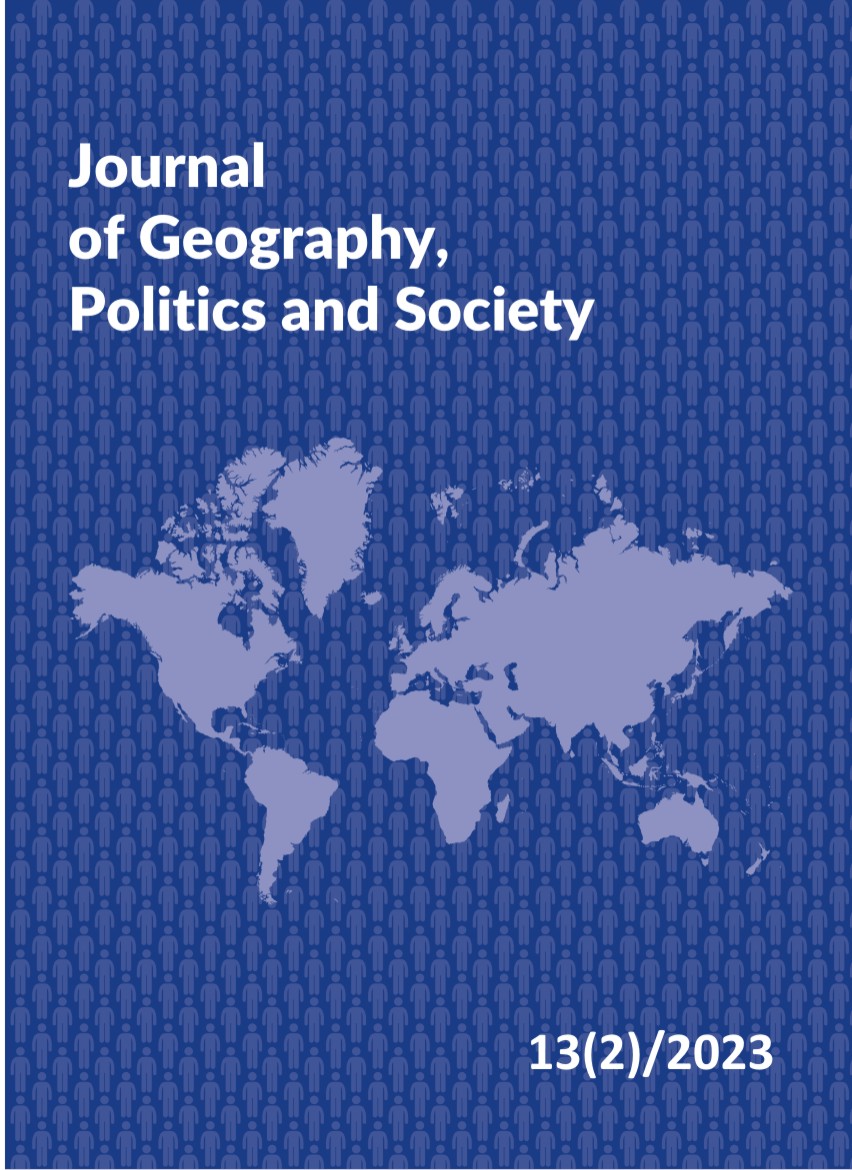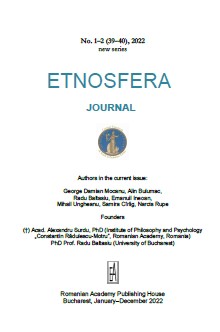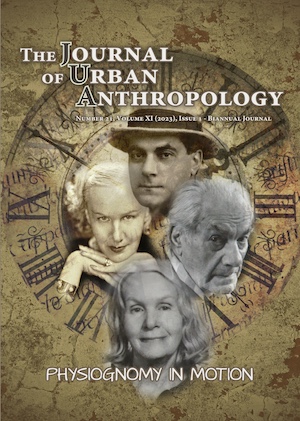Author(s): Alexandra-Georgeta Beldiman / Language(s): English
Issue: 21/2023
Shrinking cities – ville rétrécissante (shrunken city) ou ville en déclin (city in decline) “URBAN CONTRACTION is the result of a complex overlap of factors, describing a phenomenon that manifests itself quantitatively and qualitatively within a city or parts of it.” I.P. Constantinescu There are four types of contractions observable in a territory. The socio-cultural contraction that mainly refers to the closure of urban facilities such as theaters, cinemas, gyms, cultural houses, social hostels. Physical shrinkage can be observed through the deterioration of historic buildings, abandoned spaces, ruin or demolition more often than new construction. The economic contraction is manifested by the lack of jobs, falling real estate values, and the demographic contraction is based on the global indicator, which counts the population declines in a certain period. The “shrinking” phenomenon does not take into account “how big is the affected urban space”, but focuses on the intuitive perception of the space - how it is seen, how it is lived, what it can be used for. He is a negative phenomenon for the gradual and silent destruction of the city, because over time the particular order of each city disappears. The phenomenon of “shrinking” cannot be confused with the phenomenon of “sprawl”, because it is a slower but sure process that asserts itself, in particular, through the decline of areas with increased vulnerability. The phenomenon, in its embryonic state, starts from the center of the urban territory and extends to the maximum limit of the same territory, progressively decreasing the number of inhabitants due to the lack of activities that generate labor. The restoration, reinvention and revival of the former industrial cities of socialist Romania have their own life cycles. The process of restoring a former depopulated socialist industrial center stretches over a long period, there is a permanent need for perspective studies through which development scenarios for a “future smart city” are drawn, so that the municipality can use its resources intelligently with the aim to fade from the “shrinkage” effects. Amid the current crises, there have been regions directly affected by the Russian-Ukrainian conflict, such as Donetsk and Luhansk in Ukraine, Succeva, Victoria, Giurgiu in Romania resulting in reports of population decline and infrastructure damage due to ongoing hostilities. The current conflict led to the displacement of the population from Ukraine to Romanian cities, with many residents having to seek refuge in other neighboring countries. This population movement produced a decline in the urban population. The impact of the conflict on the overall stability and security of the regions discouraged investment and hindered economic growth, contributing to the shrinking of cities in the long term. Regarding the connection between the pandemics and the Russian-Ukrainian conflict, it is worth noting that although the COVID-19 pandemic has affected both Ukraine and Russia being considered a global health crisis, it is not directly related to the Russian-Ukrainian conflict per se. However, the socio-economic impact of the pandemic, combined with the ongoing conflict, has exacerbated the challenges facing cities in northern Romania. In order to determine the deeper understanding of urban dynamics and the shrinking of cities in Romania, especially in cities located near the border with the Ukrainian population in the context of simultaneous crises, strategies and policies were identified to blunt the negative effects in cities.
More...
